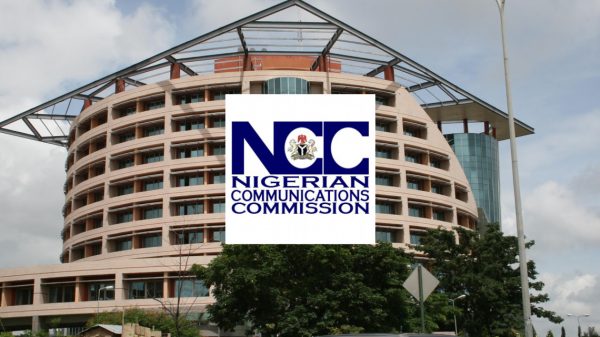The Nigerian Communications Commission (NCC) says its decision to return to market-driven pricing earlier this year has already attracted more than $1 billion in fresh telecom infrastructure investment.
Executive Vice Chairman of the NCC, Aminu Maida, disclosed this in Lagos during an interactive session with journalists, noting that the January and February policy changes allowed mobile network operators (MNOs) to adjust tariffs by up to 50% after nearly a decade of price stagnation.
According to Maida, the move has restored investor confidence and reversed years of under-investment that had slowed network expansion and degraded service quality. He explained that before the policy shift, tower companies could adjust fees annually for inflation and exchange rate fluctuations, while MNOs were stuck with fixed tariffs.
“This is an industry that requires continuous investment. The world is moving ahead, and if we do not create the right conditions, we will be left behind,” he said, adding that the decision aligns with the principles of the 2000 Telecom Policy and the 2003 Communications Act, which favour competitive, market-based pricing with consumer safeguards.
Maida said new equipment ordered by operators has been arriving since June, with network upgrades and expansion projects already underway nationwide. “We are closely tracking the rollout. We hold weekly calls with operators to monitor site builds and step in when they face challenges with authorities,” he said.
While welcoming the new investments, the NCC boss acknowledged the high operational costs facing operators, including the consumption of more than 40 million litres of imported diesel monthly to power base stations and the complete dependence on foreign exchange for importing network hardware and software, as no major telecom equipment is manufactured locally.
On protecting critical telecom infrastructure, Maida said the NCC is working with the Office of the National Security Adviser (ONSA) to develop region-specific rapid response frameworks. He explained that coastal areas may require more community engagement, while high-risk regions would need stronger civil defence deployment. The strategy, he said, also seeks to address underlying issues such as poor site security, generator theft, and community disputes that leave infrastructure vulnerable.
















